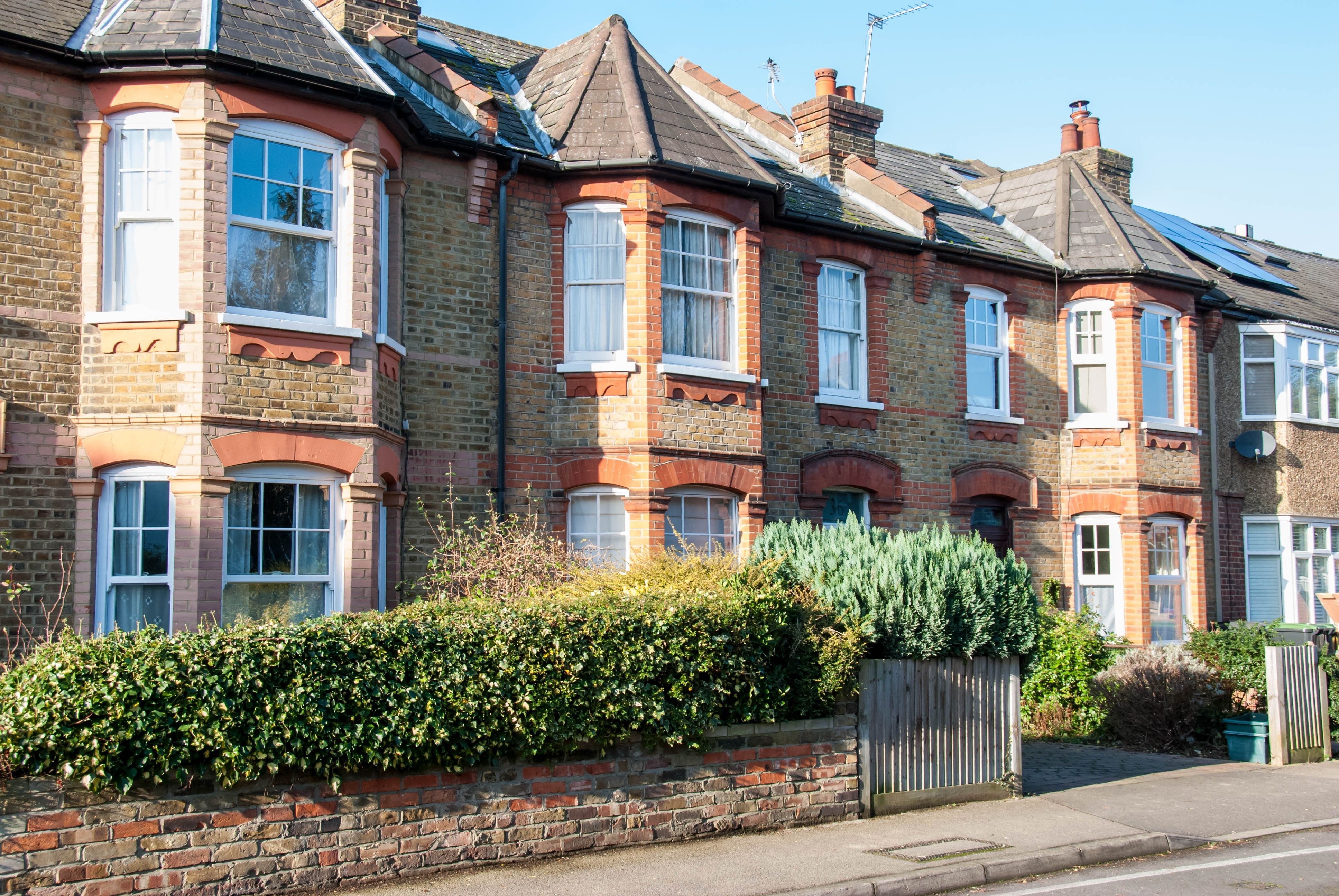Buying a property could be the most expensive purchase we will make in our lifetime, so it's vital that we head into the deal fully prepared. A survey will identify the obvious faults but there are lots of things we can do to ensure we know exactly what we are paying for.
Here we take a look at some of the simple but effective tasks we can do to protect ourselves and head into the purchase forewarned and forearmed. Uncovering some of the potential issues is not only a useful negotiation tool but, in some cases, could be a deal breaker.
Appoint a surveyor
A survey could be considered as an investment at a time when it seems like money is flowing out of your bank account faster than it's coming in. If there are issues, you can use the survey results to negotiate on price if you wish to proceed, although in some cases it may be a deal breaker. There are two main types of survey you can opt for, either a homebuyers report or a full structural survey. A homebuyer report is suitable for most properties that appear to be in a reasonable condition, it is non-intrusive and therefore only identifies any surface level issues, including damp or subsidence. The report also offers advice on any necessary repairs and maintenance required.
For more unusual or period properties, it's a good idea to opt for a full structural survey. The surveyor is completely hands-on and will check everything. The report will include a list of defects and advice on repairs and maintenance and you can ask for a projection of anticipated costs and timings to make the required repairs.

View the property on different days at different times
Viewing the property at various times throughout the day and evening, during the week and at the weekend will give you a good idea of problems such as traffic flow and noise, the direction of the sun (which could be important if you'd prefer a sunny garden when you get home from work in the afternoon) and also any noise from your neighbours when they are more likely to be home. You can also gain an insight into any potential parking issues if you try to park outside of the property at differing times.
Look up!
When you're inside the property, look up and check the ceiling for any signs of leaks from the bathroom above or any damp or mould patches. The same applies when you're outside of the property too - look up, note the condition of the guttering, fascia, roof tiles and cement, chimney stack, brickwork and pointing.
Pound the pavements
Strolling the streets will give you a different perspective and is a great opportunity to take your time and really suss out the neighbourhood. Whilst you're walking, check the condition of properties and gardens in the surrounding vicinity. You can also time the school run and how long it will take to get to the nearest station if you plan to commute to work. Find out where the nearest convenience store is located and if there are any restaurants, pubs or parks nearby.

Use your eyes, ears and nose
When you're viewing the property, it's important to consider the noise levels inside and outside of the property. Are you near a school, main road, railway line or industrial estate? Listen for noise from neighbours, including those next to you, above you or below. Also, have a good sniff! If the property smells musty or mouldy, it could be an indication of damp. Check the walls and windows for signs of dampness, mould and condensation which could be a sign of poor insulation.

Get hands on
Flush the toilets and turn on the taps to check the water pressure and hot water which can indicate the condition of the boiler. Feel the radiators if the heating is on and check for cold spots. Close the doors behind you to make sure they shut properly as you go from room to room. Turn on the shower, check the water flow. Open and close the windows, use the locks. Don't be embarrassed, as identifying any problems in advance of the purchase could save you money at a later date.
Check the broadband quality
It's a deal-breaker for some, so check your mobile signal, make calls and access the internet at various points in and around the property. Take a tablet with you and ask the vendor if you can check the actual broadband speed through one of the tools available online. There are various websites available where you can check the potential available speeds of the area, so you can be prepared in advance of the viewing regarding how the broadband should perform.

Future-proof
If your current view is picture perfect, you can protect yourself from any nasty surprises by checking for planning applications on the Government's Planning Portal. It's easy to search by postcode and area and you'll be directed to any planning applications made within the search area specified.

Take the right tools
Always study the floor plans in advance of the viewing and take along a tape measure. Measure any large or bulky pieces of furniture you have in advance of the viewing and measure up when you're in the property to ensure that it will fit in.

Detective work
If you're concerned about crime levels, you can check online to view any recorded crimes in the area including burglary and anti-social behaviour and the outcomes.
Like this post? Read more on this topic here.
